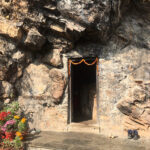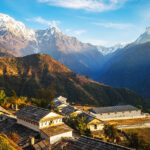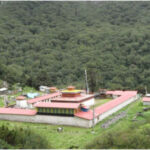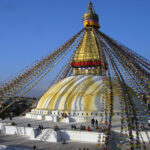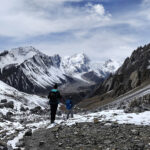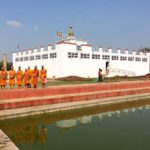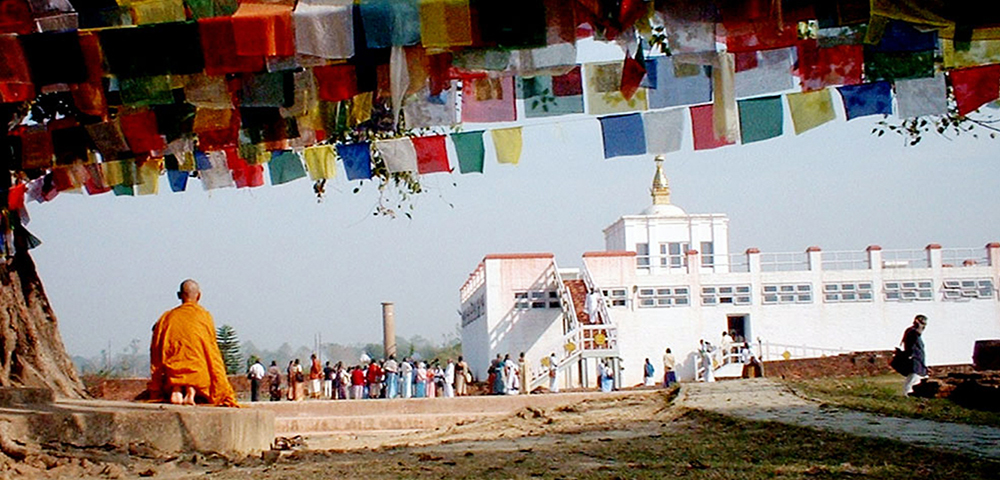
Lumbini: A Sacred Journey to the Birthplace of the Buddha
Tucked away in the peaceful plains of southern Nepal lies Lumbini, one of the world’s most sacred and serene pilgrimage destinations. Revered as the birthplace of Siddhartha Gautama—later known as the Buddha—Lumbini is not only a UNESCO World Heritage Site but also a profound spiritual hub that draws pilgrims, monks, scholars, and curious travelers from around the globe.
Whether you’re captivated by ancient history, intrigued by Eastern philosophy, or simply seeking peace and quiet in a meaningful setting, Lumbini offers an experience unlike any other in Nepal.
A Journey Through History
More than 2,500 years ago, Queen Maya Devi gave birth to Prince Siddhartha under the shade of a sal tree in the tranquil gardens of Lumbini. According to legend, she was en route to her parental home in Kapilavastu when labor began. The child she bore would later renounce royal life in search of deeper truths and become the Buddha, or the “Enlightened One,” the founder of Buddhism.
For centuries, the exact location of Lumbini faded into obscurity, buried under layers of time and shifting religious tides. It wasn’t until the late 19th century that the site was rediscovered, thanks to inscriptions on an ancient pillar erected by Emperor Ashoka—one of history’s earliest Buddhist monarchs who visited Lumbini in 249 BCE and marked the sacred site with stone and scripture.
Today, the Ashoka Pillar still stands tall in front of the Maya Devi Temple, a silent guardian of a legacy that shaped the spiritual course of Asia and beyond.
What to See and Experience
Lumbini is much more than a historical monument—it is a sprawling complex of spiritual and architectural marvels spread over a vast 1,200-acre park. At the heart of the sacred zone is the Maya Devi Temple, built over the exact spot believed to be Buddha’s birthplace. Inside, pilgrims pay quiet homage around the marker stone and explore the remains of ancient monasteries and sandstone sculptures.
A short walk from the temple leads to the sacred pond—where Queen Maya is believed to have bathed before giving birth—and the sacred Bodhi tree, adorned with colorful prayer flags fluttering in the breeze.
But perhaps the most visually striking aspect of Lumbini is the Monastic Zone, a grand avenue flanked by dozens of monasteries constructed by different Buddhist nations. Each is built in the distinctive style of its home country, showcasing a stunning mosaic of Buddhist art, architecture, and ritual practice. From the golden Burmese pagoda to the Chinese monastery with curved rooftops, and the grand Tibetan stupa, Lumbini is a living map of Buddhism’s global journey.
An Atmosphere of Peace and Reflection
Despite its significance, Lumbini retains a calm, almost meditative atmosphere. There are no loudspeakers or flashy displays—only the gentle murmurs of prayers, the rustle of leaves, and the soft chime of monastery bells. It is a place that invites quiet introspection and respect, whether you’re a devout Buddhist or a curious traveler.
Visitors often spend time simply sitting under trees, journaling, meditating, or joining open chanting sessions with monks from around the world. It’s a rare and moving experience to be part of such a diverse yet united spiritual gathering.
Getting There and Around
Lumbini is accessible by a short flight from Kathmandu to Bhairahawa Airport, followed by a 30-minute drive. It’s also reachable by road from Pokhara (approximately 5–6 hours) and lies close to the Indian border, making it a convenient stop for those exploring Buddhist heritage sites in northern India like Sarnath and Kushinagar.
Within the Lumbini complex, bicycles are a popular way to explore the expansive grounds. Rentals are available near the entrance, offering a leisurely way to visit each monastery at your own pace.
When to Visit
The best time to visit Lumbini is between November and March, when the weather is cooler and the skies are clear. Summers in the Terai region can be hot and humid, while the monsoon season (June–September) brings heavy rainfall, which may limit exploration.
Beyond Lumbini: Exploring Buddha’s Life
For those interested in deeper exploration, the surrounding region holds even more treasures. Tilaurakot, located an hour’s drive away, is believed to be the remains of ancient Kapilavastu—the kingdom where Siddhartha spent his youth. Walking the ruins where he took his first steps as a prince—and later left in search of enlightenment—is both humbling and enlightening.
Other nearby sites include Gotihawa, Kudan, and Niglihawa, each holding ruins and relics connected to the Buddha’s early life and teachings.
A Journey That Stays With You
Lumbini isn’t just a destination—it’s a pause in time, a moment of stillness, and a window into one of the most transformative lives in human history. For those who make the journey, it offers not only insight into Buddhism’s roots but also a chance to reconnect with values like compassion, mindfulness, and inner peace.
Whether you’re a pilgrim or a traveler, Lumbini leaves an impression that lingers long after you leave—quietly, like the footsteps of monks circling a shrine.

